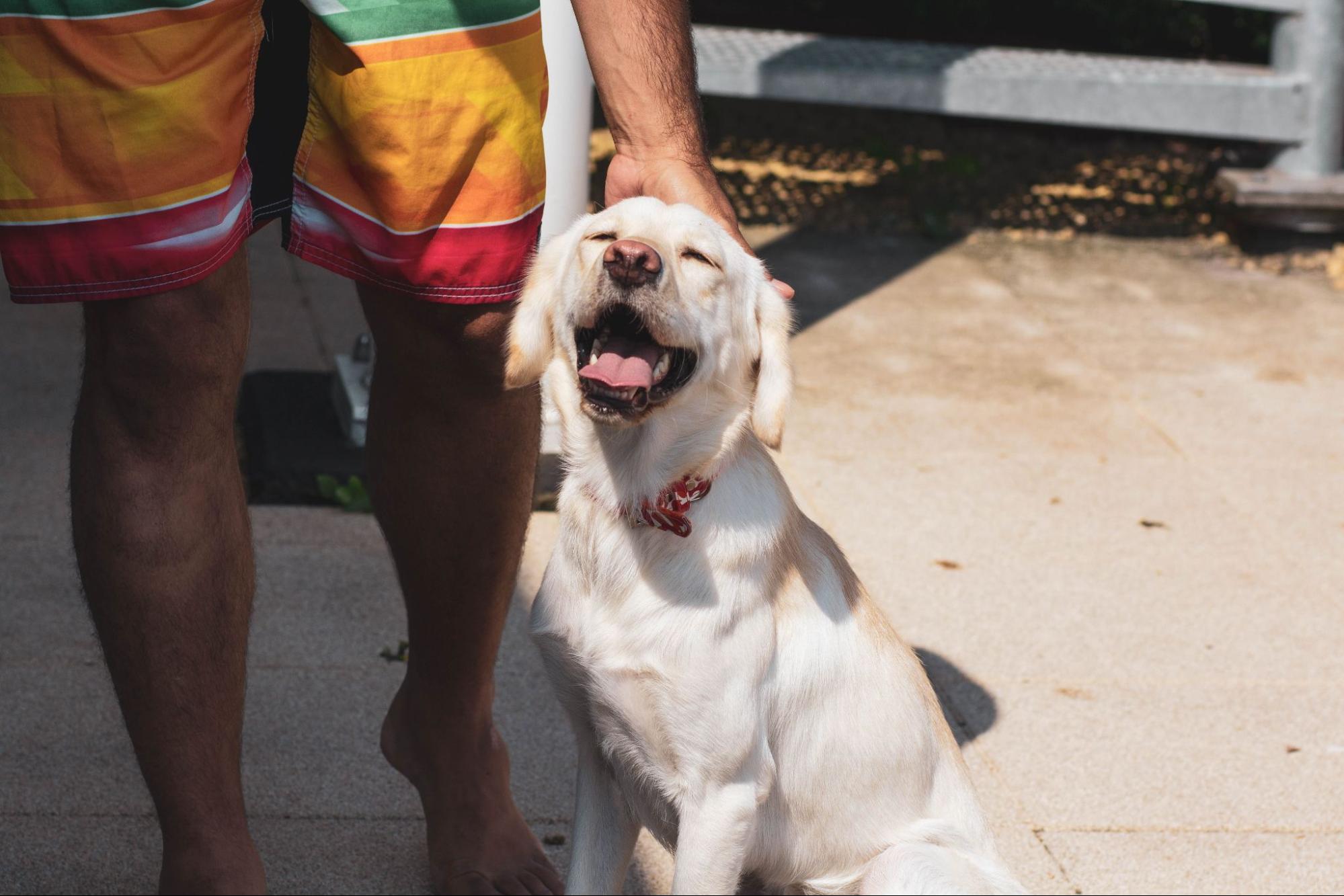How to Stop Dog Marking
Labrador marking can be a frustrating behavior for dog owners to deal with. When our furry friends start marking their territory, it can lead to various consequences that may impact both our homes and our relationships with them. In this article, I’ll explore the possible consequences of Labrador marking and share some effective strategies to help stop this behavior.
One of the immediate consequences of Labrador marking is the unpleasant odor that comes along with it. The strong scent left behind by urine can be difficult to eliminate completely, even with thorough cleaning. This can result in a persistent smell in our homes, which not only affects our comfort but also leaves a negative impression on visitors.
Another consequence of Labrador marking is potential damage to furniture and other household items. Urine stains can seep into upholstery or wood surfaces, causing discoloration and deterioration over time. This not only leads to costly repairs or replacements but also disrupts the aesthetics of our living spaces.
Moreover, Labrador marking can create tension within households or among multiple dogs in the same environment. Marking behavior is often triggered by a desire for dominance or territorial disputes between pets. This competition for resources can escalate into conflicts and aggression if left unaddressed.
To prevent these consequences and put an end to Labrador marking, there are several steps we can take. Providing regular outdoor bathroom breaks for our dogs helps reduce their urge to mark inside the house. Additionally, positive reinforcement training techniques such as rewarding good behavior and using deterrents like belly bands or pheromone sprays can help modify their habits.
Understanding the potential consequences of Labrador marking is crucial in addressing this behavior effectively. By implementing appropriate training methods and creating a consistent routine for bathroom breaks, we’ll be able to create a harmonious living environment for both ourselves and our beloved Labradors

Understanding Labrador Marking Behavior
Labrador marking behavior can be a perplexing issue for dog owners. It’s important to understand the causes behind this behavior in order to effectively address and prevent it. In this section, we’ll delve into the common causes of Labrador marking, the importance of early training, and effective techniques to prevent dog marking.
Common Causes of Labrador Marking
There are several factors that can contribute to Labrador marking behavior. These may include:
- Territorial Instincts: Labradors are known for their strong territorial instincts. Marking is a way for them to establish boundaries and communicate their presence.
- Hormonal Changes: Unneutered or unspayed Labradors may mark more frequently due to hormonal fluctuations.
- Anxiety and Stress: Dogs may engage in marking behavior as a response to anxiety or stress. Changes in routine, new environments, or separation anxiety can trigger this behavior.
- Social Signaling: Marking can also serve as a form of communication between dogs. By leaving their scent, Labradors can convey information about their presence or status.
Understanding these underlying causes can help you identify potential triggers for your Labrador’s marking behavior.
The Importance of Early Training
Early training plays a crucial role in addressing and preventing Labrador marking behavior. It’s essential to start training your pup from an early age to establish good habits and boundaries. Here are some key points to keep in mind:
- Consistency: Consistent training routines and reinforcement will help your Labrador understand what is expected of them.
- Positive Reinforcement: Reward-based training methods using treats, praise, and playtime can be highly effective in shaping desired behaviors.
- Proper Socialization: Exposing your Labrador to various environments, people, and animals at an early stage will help reduce anxiety-related behaviors like marking.
By investing time and effort into early training, you can lay a solid foundation for your Labrador’s behavior and minimize the likelihood of marking issues.
Effective Techniques to Prevent Dog Marking
To prevent Labrador marking, consider implementing these effective techniques:
- Spaying or Neutering: If your Labrador is not intended for breeding purposes, spaying or neutering can help reduce hormonal-driven marking behaviors.
- Establishing Boundaries: Designate specific areas in your home where your Labrador is allowed to roam freely, and reinforce these boundaries consistently.
- Supervision and Management: Keep a close eye on your Labrador, especially during times when they may be more likely to mark (e.g., when meeting new dogs or visiting unfamiliar places).
- Cleaning and Neutralizing Odors: Use enzymatic cleaners specifically designed to eliminate odors from previous marking incidents. This will help discourage future marking in the same spot.
By combining these prevention techniques with early training, you’ll have a better chance of curbing Labrador marking behavior before it becomes a persistent issue.